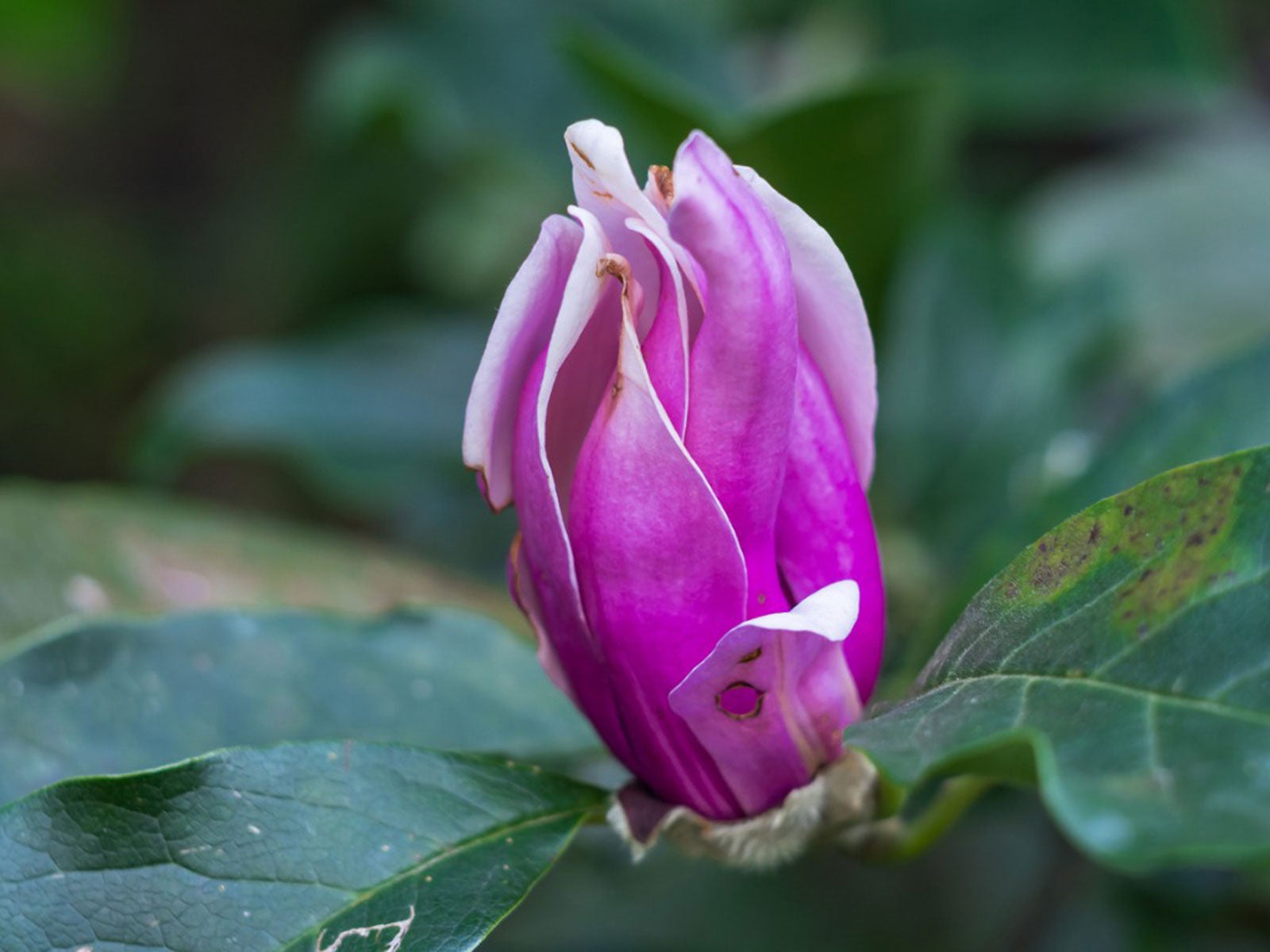Magnolia Tree Diseases – How To Treat A Sick Magnolia Tree


There’s something so welcoming about a big, waxy-leafed magnolia planted in the center of a front lawn. They gently whisper “there’s iced tea on the porch if you’ll stay awhile.” And although you can count on magnolias to be nearly indestructible, they do have a few diseases that are noteworthy. Read on to learn how to keep your tree at its best.
Magnolia Tree Diseases
The stately and ancient magnolia is a tree beloved by people everywhere, not just those native to the southern United States. Magnolias are so tough that many tree owners will never notice any real problems throughout their tree’s life, but when a sick magnolia tree is identified, the causal agent may be serious. There are several common magnolia diseases that you should be aware of, even if you’re lucky enough to never have to do anything with that information. Generally, diseases of magnolia trees aren’t serious or common, but a few are worth noting so you can act in an appropriate manner. Magnolia tree disease treatment will always depend on both the age of the tree and the severity of the symptoms. Since these trees vary so much in size and shape, you’ll have to use your best discretion when handling more serious conditions. Here are a few notable conditions for magnolia owners:
- Algal leaf spot. When your magnolia leaves develop velvety reddish-brown areas with hair-like structures on the undersides, you’re probably dealing with algal leaf spot. The good news is that as awful as this can look, it’s not a serious condition. Unless your tree is meant to be a showpiece, there’s no reason to treat this infection. Instead, support your tree with proper watering and feeding. If you must treat it, use a fungicide and be careful to get all the algal spots at once.
- Fungal leaf spots. Another condition that’s a lot more bark than bite, fungal leaf spots can appear in a range of shapes, sizes, and colors on magnolia. If they’re surface only or are the same on both sides of the leaves, it’s a fairly safe bet that you can leave them alone. Clean up any dead leaves or other plant debris around the base of young magnolias to minimize the risk of contracting these spots and continue to care for your tree properly for best results.
- Canker. These infections cause girdling of branches and may create a hazard on a large tree. If you notice one branch die suddenly, while the rest are fine, it’s time to prune it out and look for more areas where the bark is peeling off or unusual knots are forming. Pruning the canker, plus an inch or two (2.5 to 5 cm.) of healthy tissue, is the only way to get ahead of canker diseases.
- Wood rot. The phrase “tree surgery” may not be in your vocabulary, but wood rot is one condition that may warrant it. Depending on whether the wood rot is inside your tree or around the base on the outside, it may be able to be saved from wood rot if the disease is caught early. You’ll notice vague signs like wilting of parts of the tree’s canopy or leaking areas on the bark. Contact an arborist for proper diagnosis and treatment.
Gardening tips, videos, info and more delivered right to your inbox!
Sign up for the Gardening Know How newsletter today and receive a free copy of our e-book "How to Grow Delicious Tomatoes".

Kristi Waterworth was a regular contributor to Gardening Know How for many years, answering countless queries on plant pests and diseases.
-
 12 Lush Alternatives To A Lawn For Sustainable Spaces
12 Lush Alternatives To A Lawn For Sustainable SpacesAlternatives to a lawn are beautiful and also beneficial to your local ecosystem and its pollinators. Explore our top picks for plants to replace grass.
By Tonya Barnett
-
 Types Of Tomatoes Explained: Explore The Many Wonderful Shapes, Colors, Flavors, & Best Uses
Types Of Tomatoes Explained: Explore The Many Wonderful Shapes, Colors, Flavors, & Best UsesThe world of tomato varieties is vast and fascinating. Learn about the key types to grow in your garden, tailored to your preferences and space.
By Amy Grant